جلد سخت سیاه و سفید
Product details
- Publisher : Springer; 1st ed. 2021 edition (January 25, 2022)
- Language : English
- Hardcover : 273 pages
- ISBN-10 : 3030836428
- ISBN-13 : 978-3030836429
کتاب Simulating Transitions to Agriculture in Prehistory (Computational Social Sciences)
This book highlights new and innovative approaches to archaeological research using computational modeling while focusing on the Neolithic transition around the world.
The transformative effect of the spread and adoption of agriculture in prehistory cannot be overstated. Consequently, archaeologists have often focused their research on this transition, hoping to understand both the ecological causes and impacts of this shift, as well as the social motivations and constraints involved. Given the complex interplay of socio-ecological factors, the answers to these types of questions cannot be found using traditional archaeological methods alone. Computational modeling techniques have emerged as an effective approach for better understanding prehistoric data sets and the linkages between social and ecological factors at play during periods of subsistence change. Such techniques include agent-based modeling, Bayesian modeling, GIS modeling of the prehistoric environment, and the modeling of small-scale agriculture. As more archaeological data sets aggregate regarding the transition to agriculture, researchers are often left with few ways to relate these sets to one another.
Computational modeling techniques such as those described above represent a critical next step in providing archaeological analyses that are important for understanding human prehistory around the world. Given its scope, this book will appeal to the many interdisciplinary scientists and researchers whose work involves archaeology and computational social science.
Chapter “The Spread of Agriculture: Quantitative Laws in Prehistory?” is available open access under a Creative Commons Attribution 4.0 International License via springer.com.
منابع کتاب کتاب Simulating Transitions to Agriculture in Prehistory (Computational Social Sciences)
این کتاب رویکردهای جدید و نوآورانه برای تحقیقات باستانشناسی را با استفاده از مدلسازی محاسباتی و در عین حال تمرکز بر گذار نوسنگی در سراسر جهان را برجسته میکند.
تأثیر تحول آفرین گسترش و پذیرش کشاورزی در ماقبل تاریخ قابل اغراق نیست. در نتیجه، باستان شناسان اغلب تحقیقات خود را بر روی این گذار متمرکز کرده اند، به این امید که هم علل و تأثیرات اکولوژیکی این تغییر و هم انگیزه ها و محدودیت های اجتماعی را درک کنند. با توجه به تأثیر متقابل پیچیده عوامل اجتماعی-اکولوژیکی، پاسخ به این نوع سؤالات را نمی توان تنها با استفاده از روش های باستان شناسی سنتی یافت. تکنیکهای مدلسازی محاسباتی بهعنوان یک رویکرد مؤثر برای درک بهتر مجموعههای دادههای ماقبل تاریخ و پیوندهای بین عوامل اجتماعی و زیستمحیطی در بازی در دورههای تغییر معیشتی پدیدار شدهاند. چنین تکنیکهایی شامل مدلسازی مبتنی بر عامل، مدلسازی بیزی، مدلسازی GIS محیط ماقبل تاریخ، و مدلسازی کشاورزی در مقیاس کوچک است.
تکنیکهای مدلسازی محاسباتی مانند آنهایی که در بالا توضیح داده شد، گام بعدی حیاتی در ارائه تحلیلهای باستانشناسی است که برای درک پیش از تاریخ بشر در سراسر جهان مهم هستند. با توجه به گستره آن، این کتاب برای بسیاری از دانشمندان و محققان میان رشته ای که کارشان شامل باستان شناسی و علوم اجتماعی محاسباتی است، جذاب خواهد بود.
فصل "گسترش کشاورزی: قوانین کمی در ماقبل تاریخ؟" دسترسی آزاد تحت مجوز Creative Commons Attribution 4.0 International از طریق Springer.com در دسترس است.





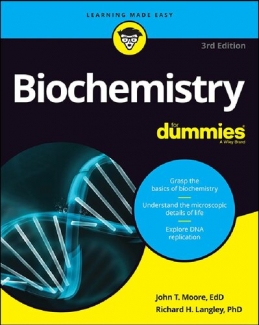
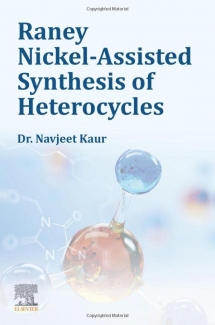


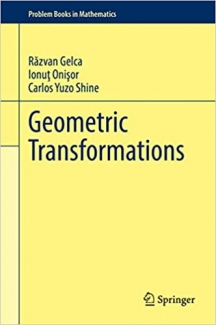

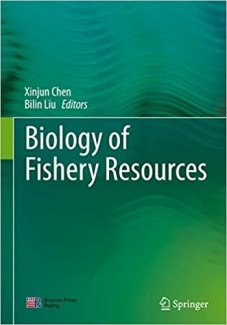

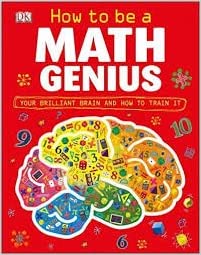

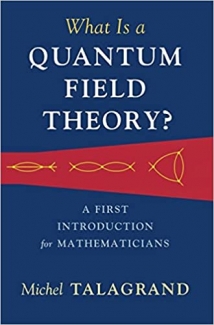


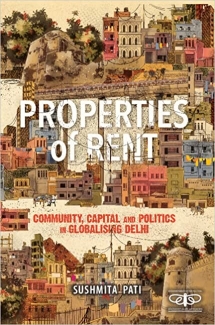
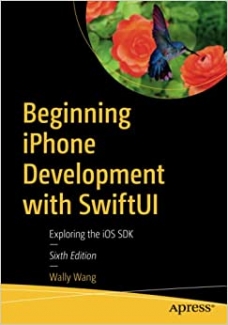












ارسال نظر درباره کتاب Simulating Transitions to Agriculture in Prehistory (Computational Social Sciences)